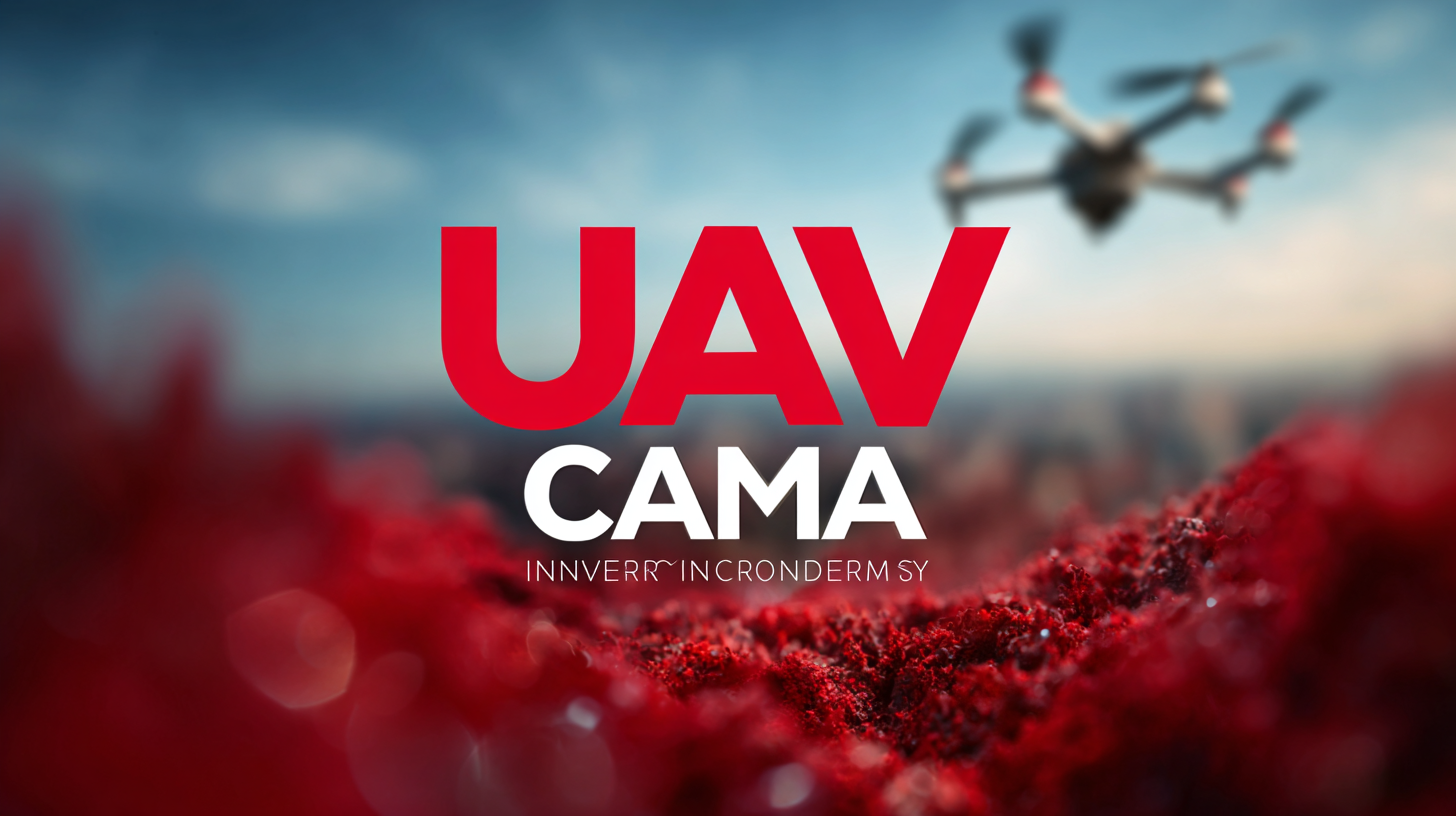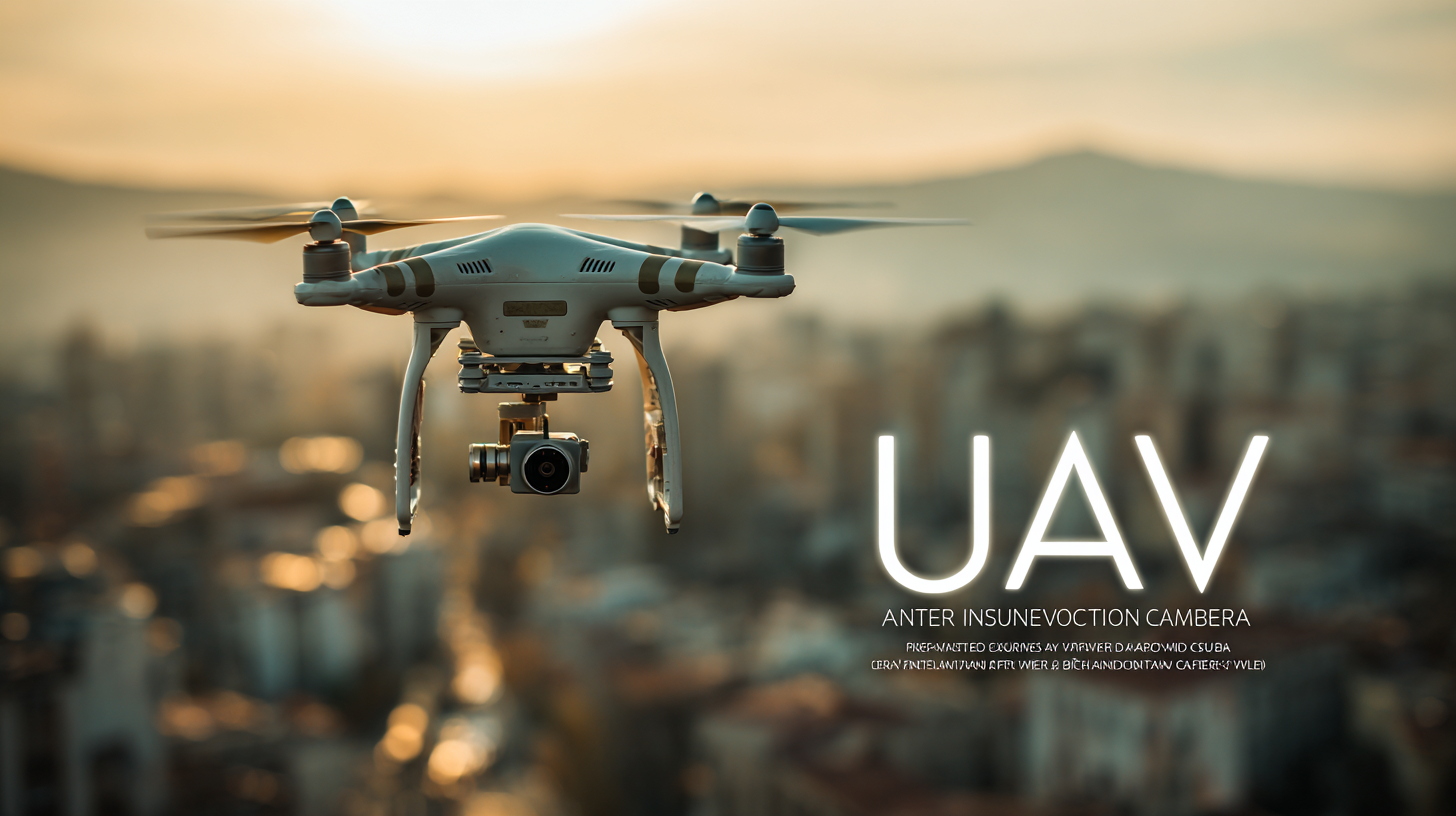Unlocking Aerial Innovation: Proven Approaches for Choosing the Best UAV with Camera in 2023
In 2023, the integration of UAV with camera technology continues to revolutionize diverse industries, from agriculture to surveillance, offering innovative data collection methods that enhance operational efficiency. According to a report by MarketsandMarkets, the global drone camera market is projected to reach $2.5 billion by 2025, growing at a compound annual growth rate (CAGR) of 15.5%. This remarkable growth underscores the increasing demand for versatile aerial solutions that are equipped with high-resolution imaging capabilities. As industries seek to leverage aerial innovation, understanding the critical factors for selecting the right UAV with camera becomes paramount. This blog will explore proven approaches to guide stakeholders in making informed decisions, ensuring they harness the full potential of UAV technology while adhering to emerging industry production standards and regulations.
Identifying Your Needs: Understanding the Purpose of Your UAV with Camera
In 2023, selecting the right UAV with a camera requires a clear understanding of its intended purpose. Whether for aerial photography, surveying, or surveillance, identifying specific needs is vital for maximizing the effectiveness of the investment.
The global drone camera market is poised for significant growth, projected to expand at a CAGR of 31% from 2024 to 2030. This rapid development highlights the increasing demand for versatile and advanced UAV systems tailored to various applications.
As technology evolves, companies in the UAV sector are enhancing capabilities to better serve different industry requirements. For example, advances in drone detection technology are critical for improving security measures, especially in law enforcement and defense. Innovations that combine detection and threat assessment capabilities enable authorities to respond swiftly to potential UAV risks.
As businesses and governmental agencies strive for safer skies, understanding the purpose behind each UAV deployment will be essential in navigating the burgeoning market effectively.
Exploring Different UAV Types: Best Features for Aerial Photography and Videography
When selecting the best UAV for aerial photography and videography, understanding the different types of drones available is essential. Multirotors, such as quadcopters, have become the go-to choice for most enthusiasts and professionals alike due to their stability and ease of control. They provide the flexibility to hover in place, making them perfect for capturing intricate details and breathtaking landscapes. Equipped with high-resolution cameras and gimbals, they ensure smooth, cinematic shots that appeal to content creators.
Fixed-wing drones, on the other hand, offer extended flight times and cover larger areas, making them an excellent choice for capturing vast panoramas or tracking moving subjects. These UAVs require more skill to operate, as they cannot hover in place. However, their ability to travel long distances can be beneficial for specific projects, particularly in agricultural monitoring or environmental surveys. Ultimately, the choice between these UAV types will depend on specific needs, desired features such as camera quality, flight time, and the intended use, ensuring that photographers and videographers can unlock their creativity from the skies.
Unlocking Aerial Innovation: Proven Approaches for Choosing the Best UAV with Camera in 2023
| UAV Type |
Camera Resolution |
Max Flight Time (min) |
Range (meters) |
Weight (kg) |
Best Use Case |
| Quadcopter |
4K |
30 |
1000 |
1.5 |
Aerial Photography |
| Fixed-Wing |
20 MP |
90 |
5000 |
2.8 |
Surveying and Mapping |
| Hexacopter |
6K |
25 |
1500 |
2.5 |
Cinematic Videography |
| VTOL (Vertical Take-Off and Landing) |
12 MP |
70 |
3000 |
3.0 |
Agricultural Monitoring |
| Nano Drone |
HD |
15 |
500 |
0.2 |
Indoor Filming |
Camera Specifications to Consider: Key Factors for Optimal Image Quality
When choosing the best UAV with a camera in 2023, understanding camera specifications is crucial to ensure optimal image quality. One of the primary factors to consider is sensor size. Research indicates that drones equipped with larger sensors, such as 1-inch or larger formats, tend to perform better in low-light conditions and capture more detail, resulting in clearer, high-resolution images. According to a recent report by Drone Industry Insights, the market for UAVs featuring advanced camera systems is expected to grow at a compound annual growth rate (CAGR) of 13.4% over the next five years, indicating a heightened demand for superior imaging capabilities.
Another critical specification is the resolution of the camera. In 2023, 4K resolution has become the industry standard, but higher resolutions, such as 6K and even 8K, are becoming increasingly available. The extra pixels not only enhance detail but also provide flexibility in post-production editing. Additionally, the lens aperture plays a significant role in image quality; cameras with adjustable apertures allow users to control exposure, depth of field, and performance in varying lighting situations. A report from Research and Markets shows that drones with high-caliber optics are preferred across industries such as real estate, agriculture, and filmmaking, highlighting the importance of these camera specifications in practical applications.
Budgeting for Aerial Innovation: Cost Considerations When Choosing a UAV
When it comes to selecting the best UAV with a camera in 2023, budgeting plays a crucial role in the decision-making process. The costs associated with UAVs can vary significantly based on features, brand reputation, and intended use, making it essential to define your budget ahead of time. For enthusiasts seeking high-quality aerial photography, investing in a mid to high-range model may be necessary. However, if the primary goal is recreational flying or basic surveillance, there are budget-friendly options that still offer decent camera capabilities without breaking the bank.
Another key cost consideration involves additional expenses that may arise post-purchase. Beyond the initial investment in the UAV, buyers should account for accessories such as spare batteries, memory cards, and maintenance kits. Insurance should also be on the radar, especially for commercial users, as it can protect against potential liabilities. Evaluating these costs will help in forming a more accurate financial plan, ensuring that your investment in aerial innovation remains both cost-effective and aligned with your operational needs.

Comparative Analysis: Top UAV Models in 2023 for Various Applications
In 2023, the rapidly evolving landscape of unmanned aerial vehicles (UAVs) equipped with cameras has prompted countless enthusiasts and professionals alike to seek the best models for their specific applications. Conducting a comparative analysis of top UAV models reveals distinct advantages suited for a range of functionalities, from professional photography to agricultural monitoring. The DJI Mavic 3 stands out for its exceptional image quality and advanced obstacle avoidance systems, making it ideal for filmmakers and content creators.
For those interested in industrial applications, the Parrot Anafi USA offers robust capabilities with features designed for precision missions, including thermal imaging and enhanced zoom functionalities. Its lightweight design and foldable nature make it an excellent choice for inspections and surveying. Meanwhile, the Autel EVO Lite+ provides an impressive combination of long flight time and high-resolution imaging, catering to recreational users and professionals needing reliable performance in diverse environments. Each of these models illustrates how tailored features can enhance operational efficiency, showcasing the importance of selecting the right UAV based on individual needs.
